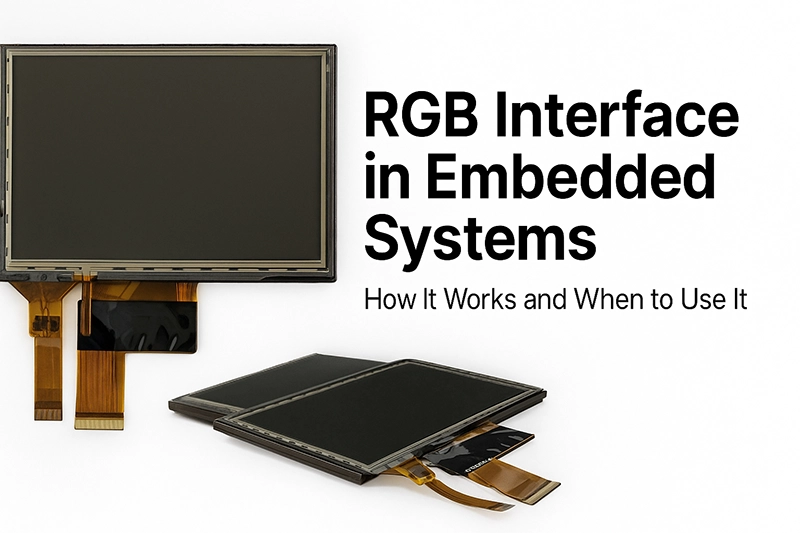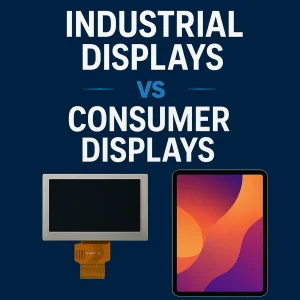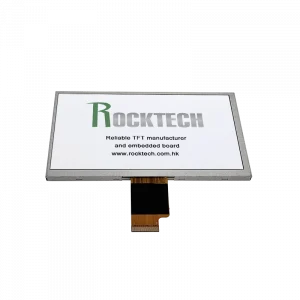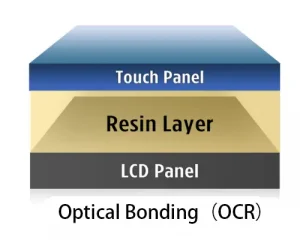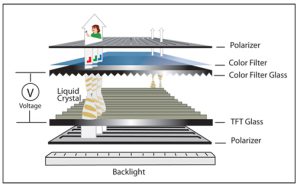In embedded system design, the choice of display interface plays a critical role in balancing performance, cost, and integration complexity. Among various options, the RGB interface (also known as parallel RGB) has long been a staple in driving TFT LCD displays. It provides a simple, real-time way to deliver pixel data to a display without the need for complex encoding or serialization.
What Is the RGB Interface?
The RGB interface transmits color pixel data in parallel, typically using three 8-bit channels—Red, Green, and Blue—along with synchronization signals. It’s one of the most direct and low-latency ways to send image data from a microcontroller or SoC to a display panel.
- Pixel format: Often 24-bit (8 bits per color), but can also be 16-bit or 18-bit to reduce pin count.
- Signals: Pixel clock, horizontal sync (HSYNC), vertical sync (VSYNC), and DE (Data Enable).
- Timing: Strict timing requirements are needed to match the LCD panel specifications.
Benefits of Using RGB Interface
RGB interfaces are widely used in embedded applications for several reasons:
- Simplicity: No encoding or protocol stack—just pure pixel data.
- Low latency: Because data is sent per pixel and line, latency is nearly zero, making it ideal for real-time UIs.
- Cost-effective: No need for external serializer or interface ICs, reducing BOM cost.
- Broad compatibility: Supported by many low- and mid-end microcontrollers and SoCs.
Limitations and Challenges
Despite its advantages, RGB interfaces have some inherent limitations:
- High pin count: A 24-bit RGB interface with control signals can easily consume 30+ GPIOs.
- No hot-plugging: Unlike HDMI, RGB does not support dynamic reconfiguration or plug-and-play.
- Signal integrity: At higher resolutions or longer PCB traces, maintaining signal quality can be challenging without proper impedance control.
Common Use Cases
RGB is most commonly used in the following types of applications:
| Application | Typical Screen Size | Interface Type |
|---|---|---|
| Industrial Control Panels | 4.3″ – 7″ | RGB 24-bit |
| Home Appliances (e.g., smart ovens, washing machines) | 3.5″ – 5″ | RGB 16-bit or 18-bit |
| Medical Devices | 5″ – 10.1″ | RGB 24-bit |
RGB vs. Other Display Interfaces
| Interface | Resolution | Cable Length | Typical Application |
|---|---|---|---|
| RGB | Up to 1280×800 | < 20 cm | Internal displays |
| MIPI DSI | Up to 4K | < 10 cm | Smartphones, tablets |
| HDMI | Up to 8K | ~10 meters | External monitors |
| LVDS | Up to 1080p | < 1 meter | Industrial panels |
Best Practices for Designing with RGB
- Ensure impedance-matched traces for high-frequency signals to avoid ringing or crosstalk.
- Use short, direct traces from SoC to display connector—ideally under 10 cm.
- Consult your LCD panel’s datasheet for correct timing parameters (porch, sync width, polarity).
- Use GPIO expanders or I/O multiplexing if your SoC has limited pins.
Conclusion
The RGB interface remains a relevant and reliable choice for embedded display solutions that require low latency, cost-efficiency, and real-time performance. While newer interfaces like MIPI DSI or HDMI offer advantages in terms of cable length and advanced features, RGB continues to be a top option for many tightly integrated designs.
For a broader comparison of display technologies used in embedded systems, check out our Custom Display.

